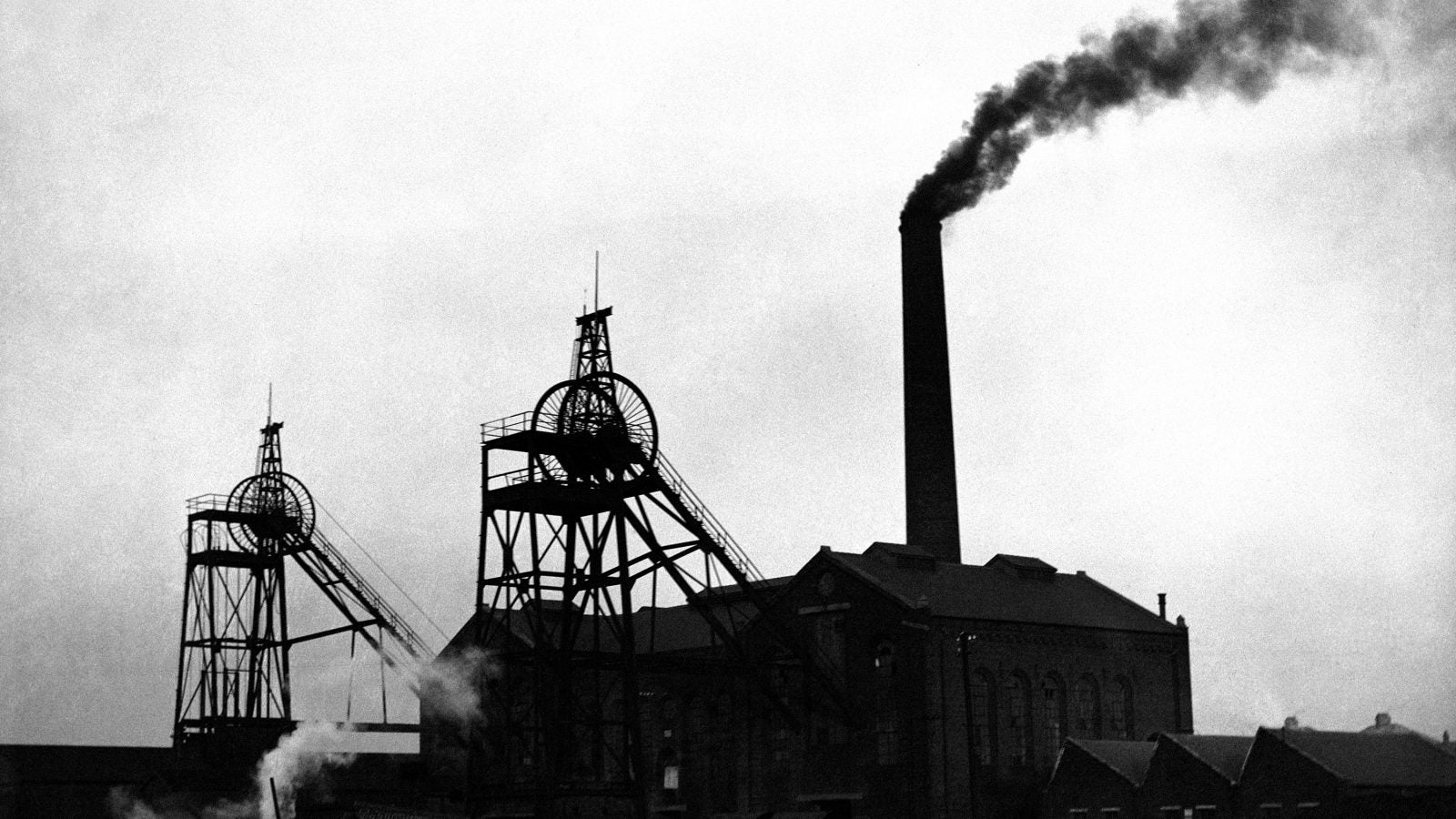Human-made climate change started twice as long ago as we thought
It took a long time for the world to accept that human activity was warming the planet.


It took a long time for the world to accept that human activity was warming the planet.
Now that climate science has hit the mainstream, it’s easy to think of the change as having started some time in the 20th century. But an international group of scientists, publishing today in the journal Nature, has now found that it’s been going on much longer: pretty much as long as we’ve been industrialized.
Previous estimates of global warming came from looking at recorded global temperatures and seeing how they changed. These showed that temperatures began rising significantly in the Arctic region (where changes are most extreme) around the 1930s. But global temperatures weren’t being accurately recorded before the 20th century.
To reach back into the 19th century, the researchers used a combination of climate modeling (where computers use collected data to construct a simulation of the climate as it was in the past) with a study of physical evidence from parts of the natural world that store information about climate: corals, tree rings, and ice cores. Their conclusion: the “time of emergence,” when significant signs of global temperature change start to appear, was in the 1830s, fully a century before we detected the increase in Arctic temperatures.
“It was an extraordinary finding,” said Nerilie Abram, associate professor at the Australian National University and the study’s lead author, in a press release. “It was one of those moments where science really surprised us. But the results were clear. The climate warming we are witnessing today started about 180 years ago.”
Humans began burning coal to power steam engines back in the 1780s, and ramped up to intense industrialization by the mid-19th century. Evidently, this left its mark on the planet.
The new evidence changes what we know about the past, and reinforces the knowledge that climate change is human-made. But it doesn’t change what we should—or can—do about it. Most of the world’s countries are in the process of signing up to the most ambitious plans ever made to combat warming, the agreements made in Paris in 2015. The political will to try and limit warming to below 2 degrees Centigrade, a crucial threshold, is finally there. Critics note, however, that even post-Paris, political will isn’t enough.